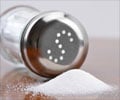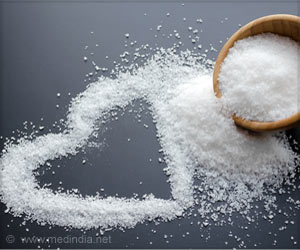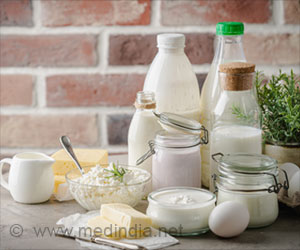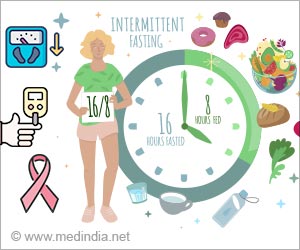Want a low salt diet without compromisation in the taste? A new study finds a way to make food taste salty but with less of the sodium chloride which is related to poor health.
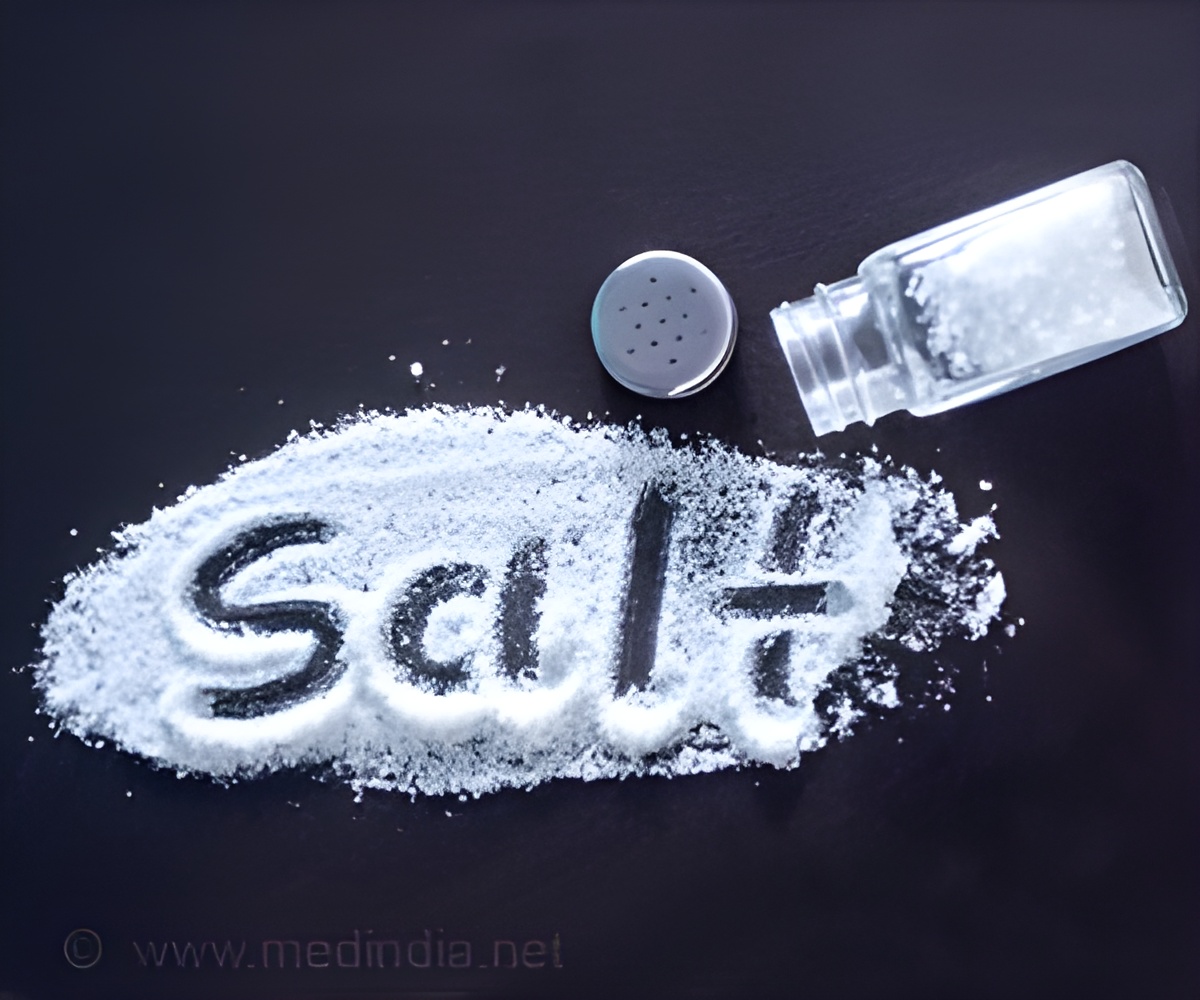
‘Do you want a low salt diet without compromising the taste? A new study finds a way to make food taste salty by including salts that have no adverse health effects like calcium chloride and potassium chloride instead of using sodium chloride.’
Read More..




Ross and colleagues looked at salt blends that use less sodium chloride and include other salts like calcium chloride and potassium chloride.Read More..
Both of those salts have no adverse health effects on people, Ross said. Potassium can actually help reduce blood pressure. Unfortunately, they aren't very tasty.
"Potassium chloride, especially, tastes really bitter and people really don't like it," Ross said.
The researchers used tasting panels and WSU's electronic tongue to see just how much they could add the replacement salts for standard sodium chloride before people found the food unacceptable to eat.
Some tasting panels tested a variety of salt solutions, or salt in water, while others tested different salt combinations in tomato soup.
Advertisement
They had a higher reduction when they added only calcium chloride, getting acceptable rates with a combination of 78 percent sodium chloride and 22 percent calcium chloride.
Advertisement
While humans need salt, Americans consume significantly more than is necessary or even healthy. According to the U.S. Office of Disease Prevention and Health Promotion, the recommended maximum amount of salt consumed per day is less than 2,300 mg. The average American adult female consumes 2,980 mg per day, while males average over 4,000 mg per day.
Recent findings have suggested that gradual reductions in salt over a period of years are the best way to reduce salt consumption. Using one of the new blends for a specified time frame could lead to greater reductions down the road.
Source-Eurekalert

